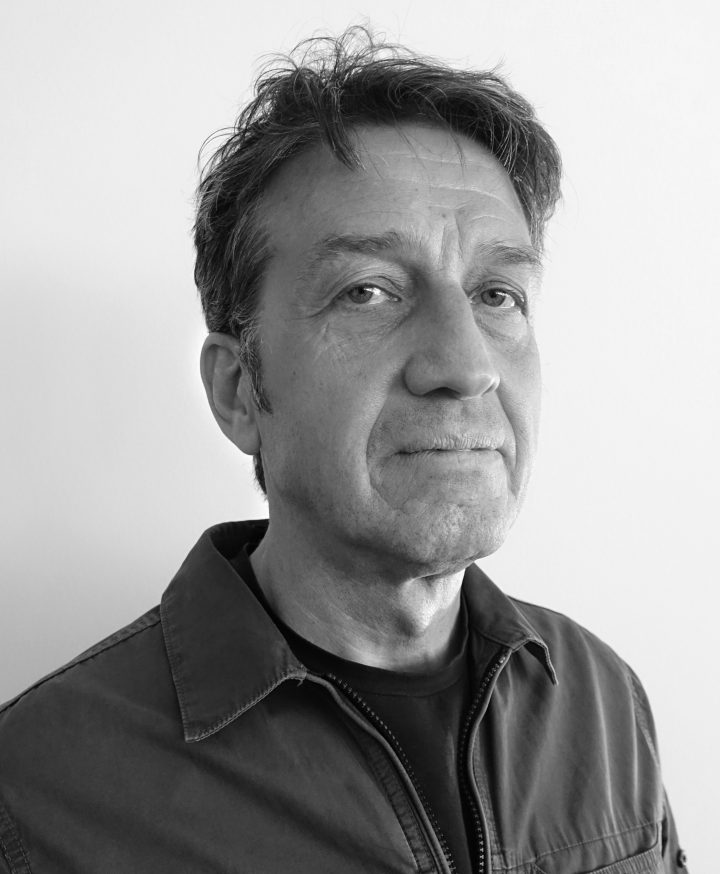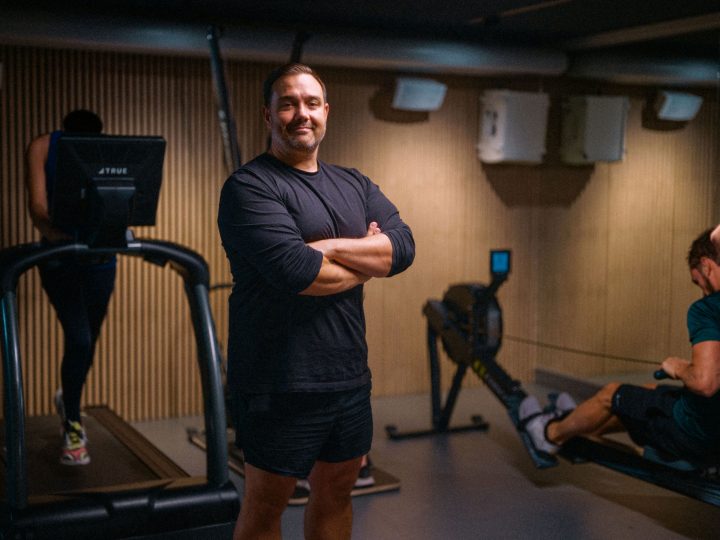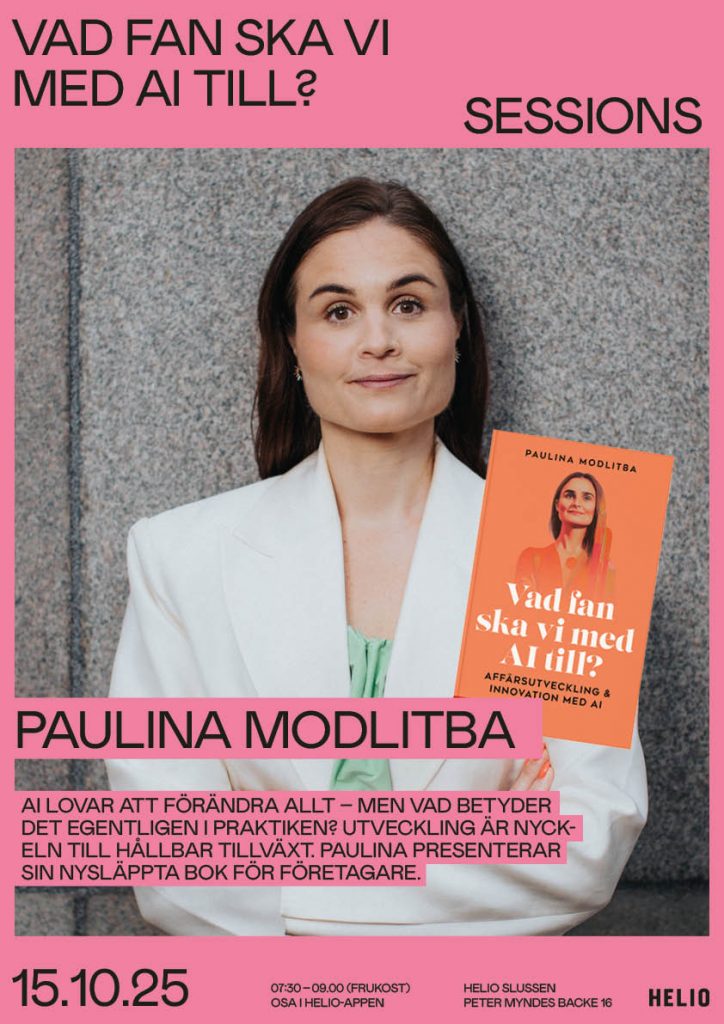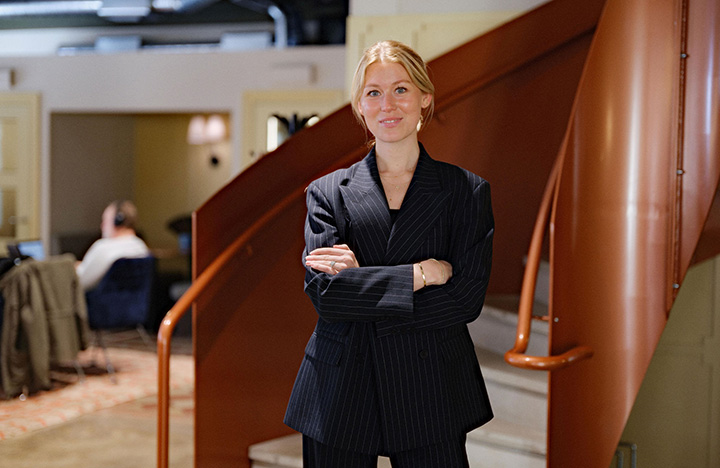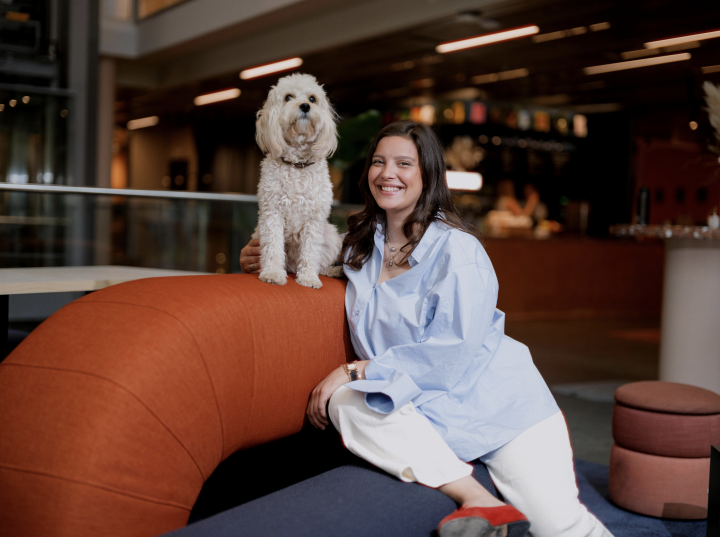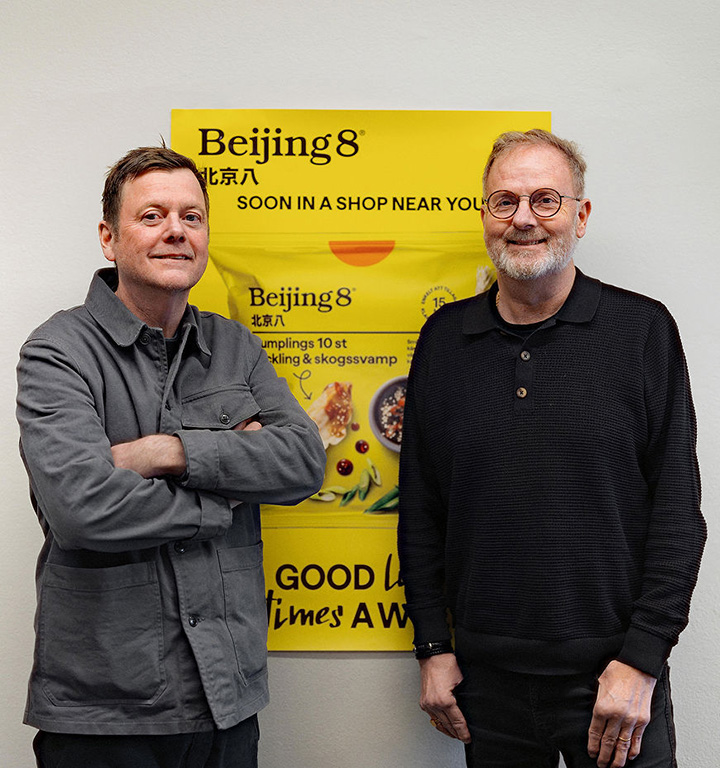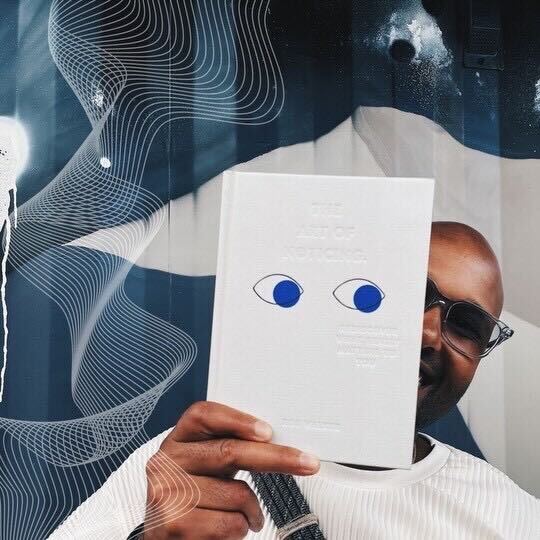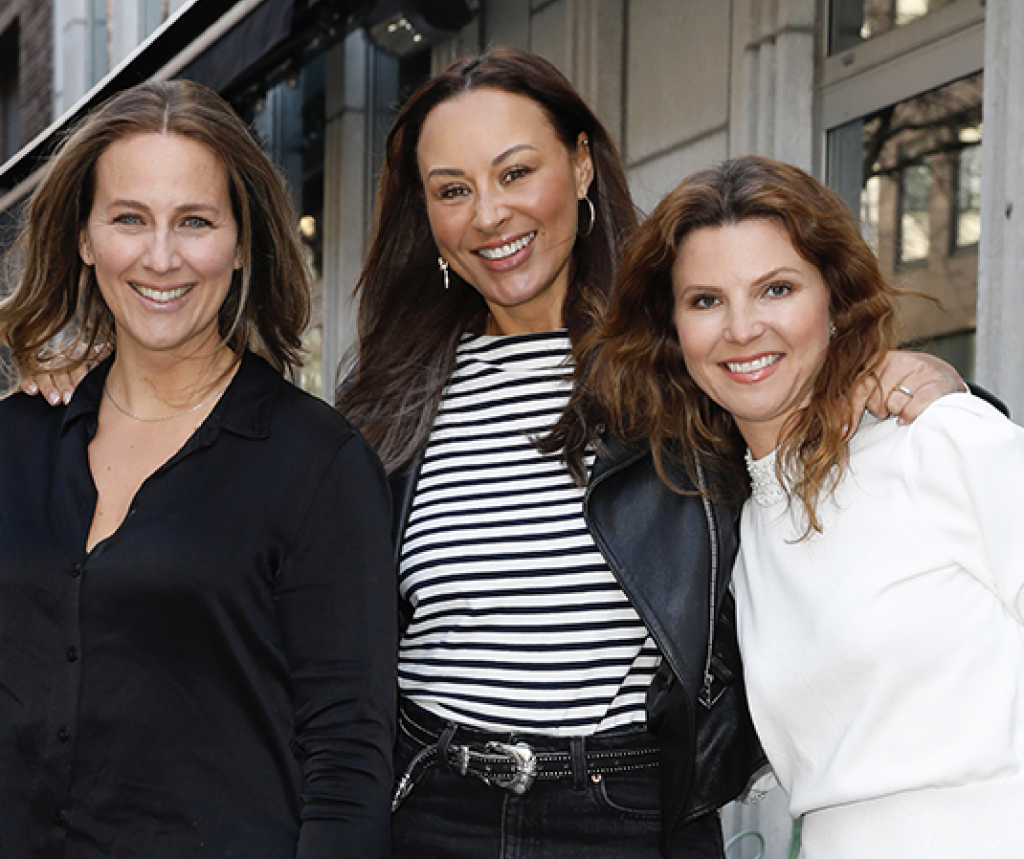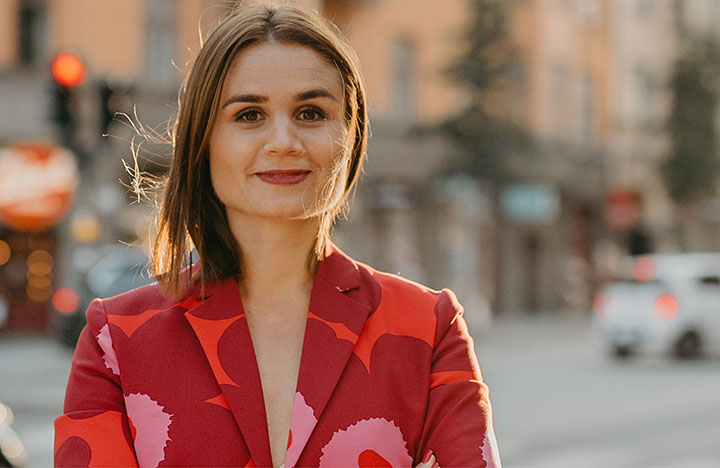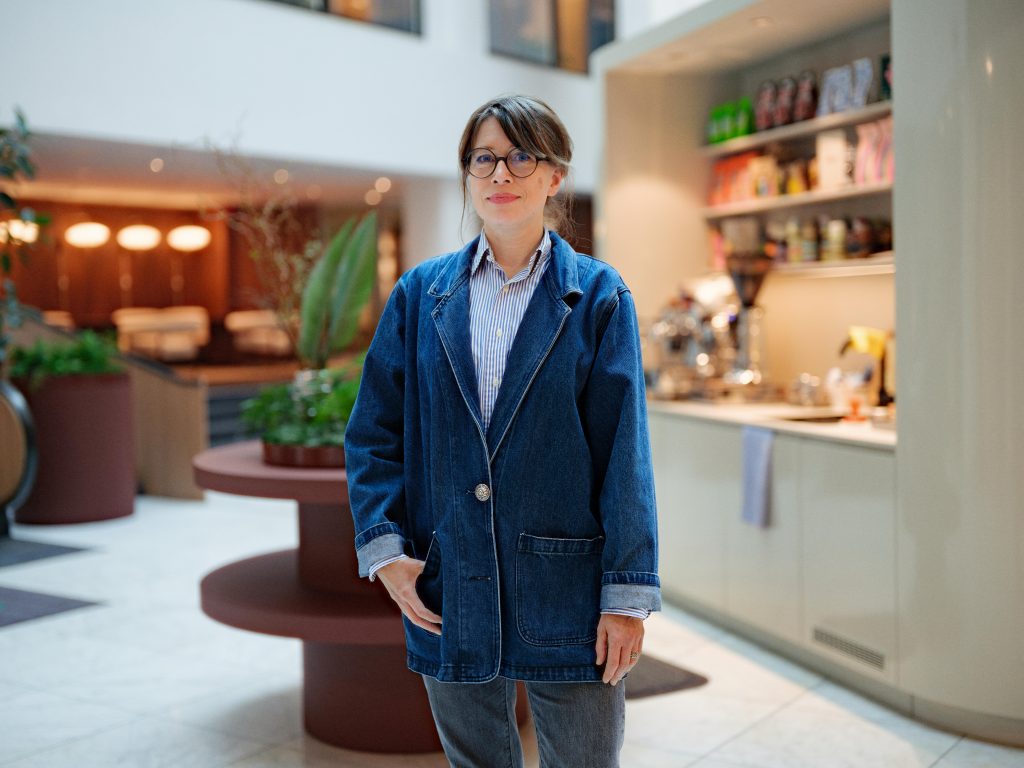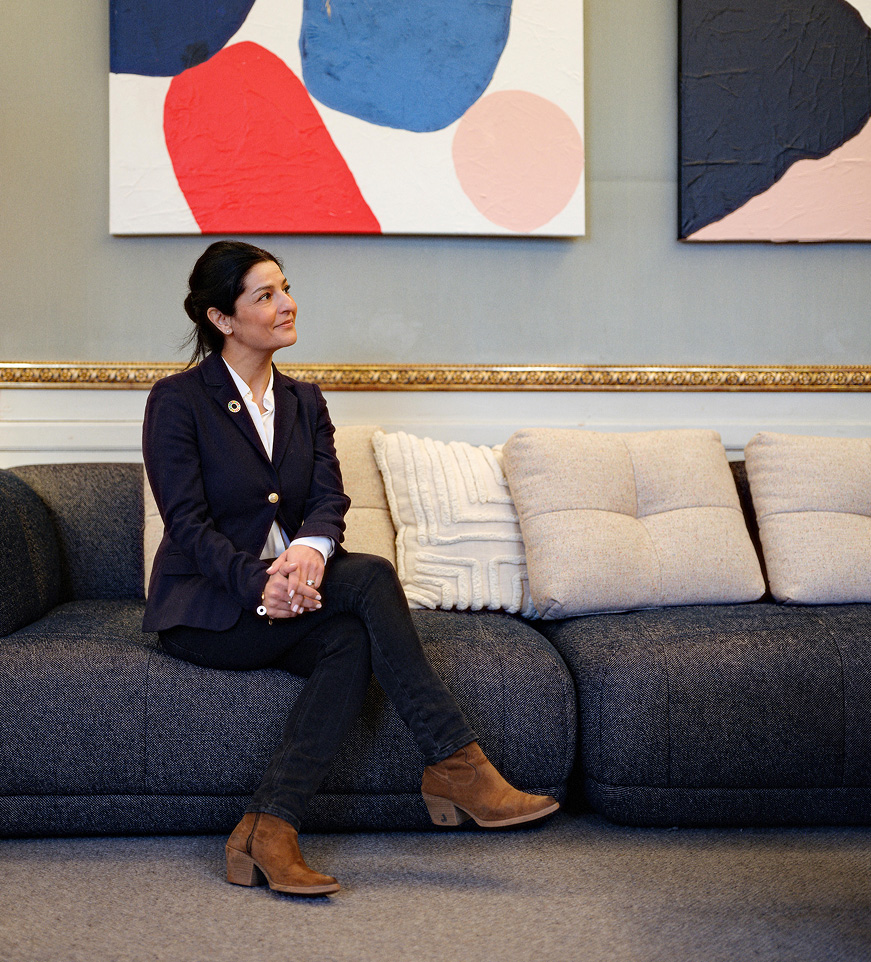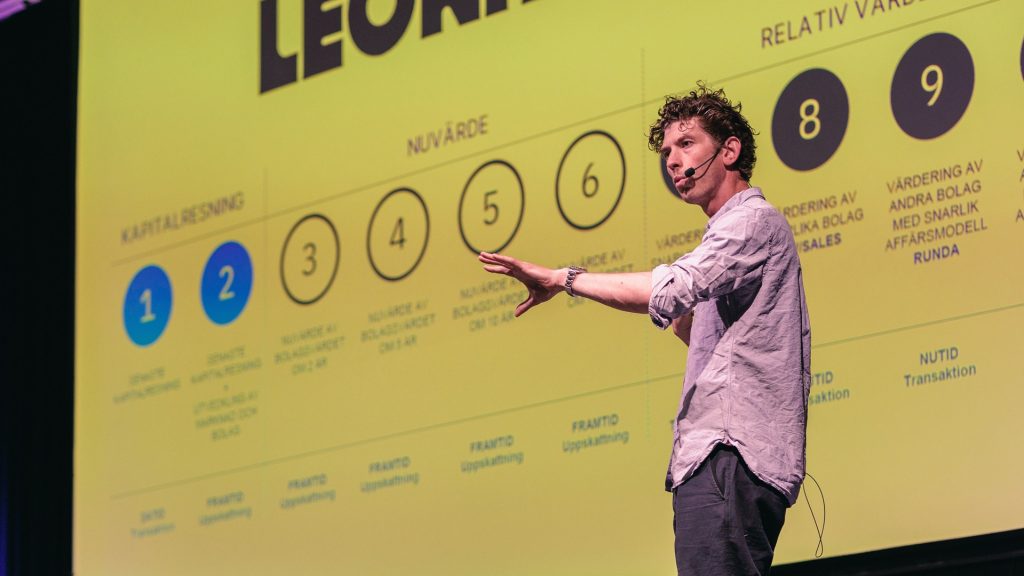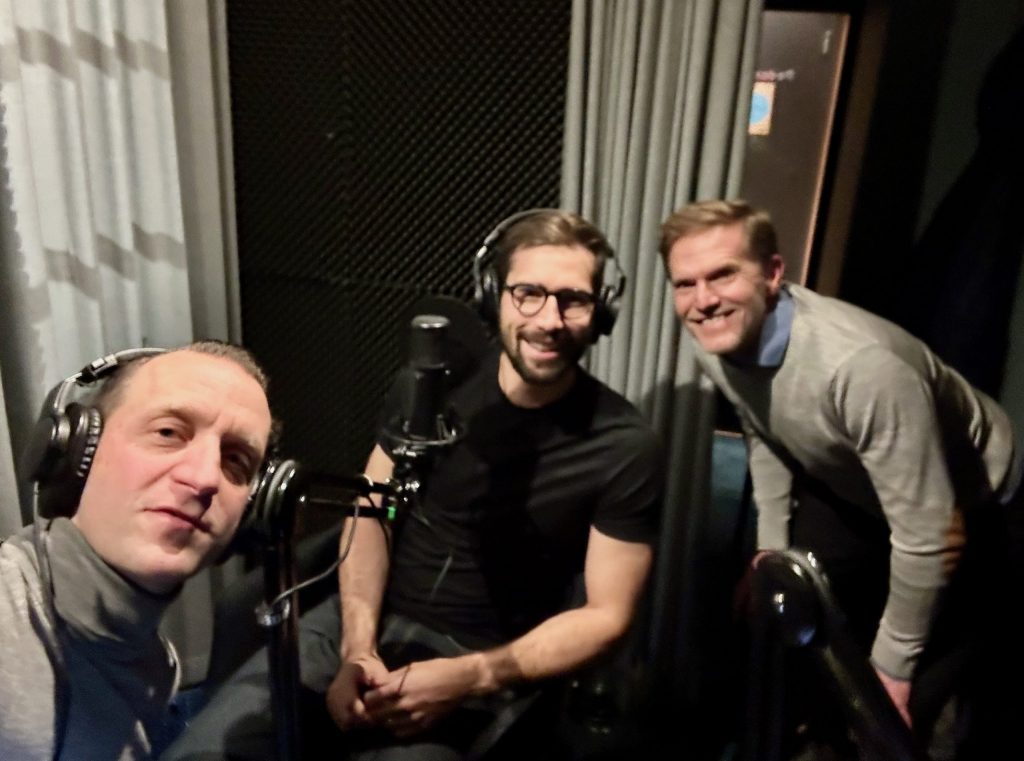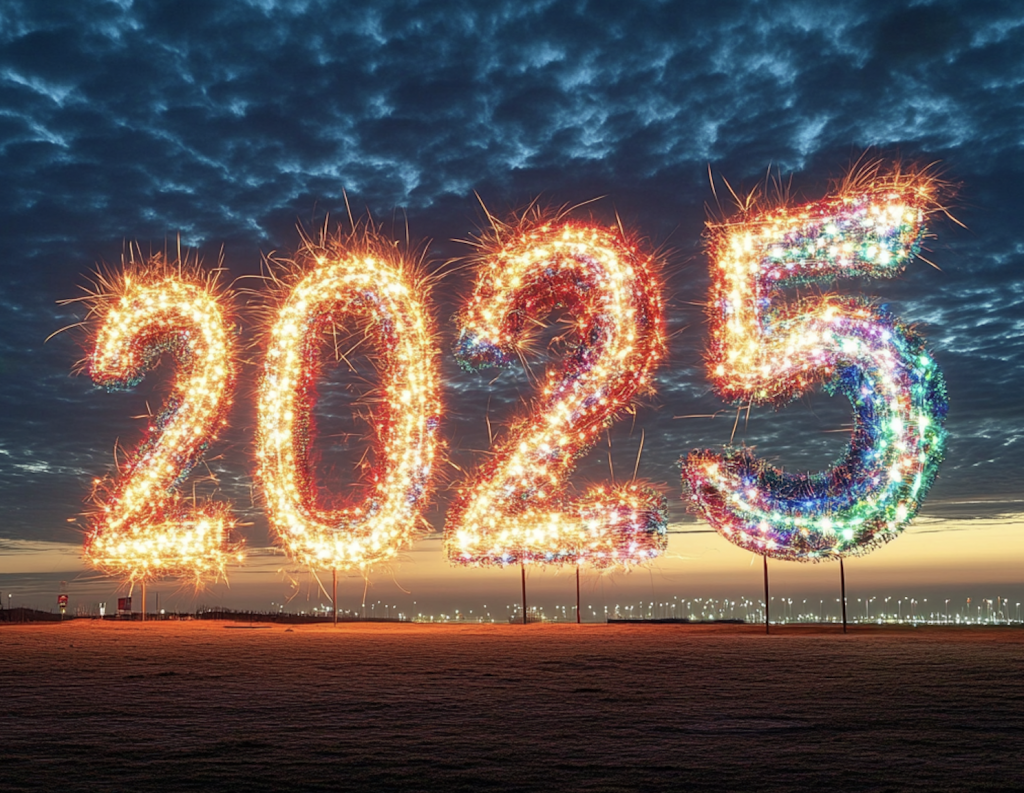When planning a hotel concept, everything from design and architecture to comfort and service is considered. Traditionally, this has not been the approach when creating offices and workplaces, but that seems to be changing. Ulf Maxe, the architect whose team at Koncept created Helio’s offices around Stockholm tells us all about this and what makes an office environment really good.
”The traditional office of the past was only a house: a door and a building. Nothing more. Then came the large office complex. But the current trend is that offices are no longer built with all necessary features in-house. Instead, companies are to a larger extent using external facilities in more efficient workplaces and co-working spaces.”
The architect Ulf Maxe describes a contemporary view of the office of today with clear trends in how we view the workplace and how it is designed.
“In practice the modern workplace is no longer defined by a physical place like it used to be. If I’m spending all day in meetings, I will need suitable meeting rooms. If I’m working with the team on a project I need to sit in a creative environment. If I’m going to spend the day doing accounting, I would prefer a more private space. In general, we look at the workplace in a completely new, more customized and user-friendly way.”
How does this effect those looking for the perfect office environment? What type of workplace is most appealing for people these days?
“The one who offers a sense of community. The wish to belong influence all of your choices. From where you live, to what you eat and where you work. In the past, you might have felt a stronger connection to the company, and neither place nor context mattered as much. Now, both companies and employees assign the workplace more and more importance, and the working place also becomes a part of many companies’ identity, or a part of the brand itself.”
How do you create a workplace that meets all of those requests?
”You have to switch your mindset from office to hotel, with all associated services. This applies to everything from design to technical features that make the office more available. It’s quite simple really, but it takes a shift in your approach to the whole concept.”
The list can be made long, but are there any “do’s and don’ts” when it comes to what makes a good office?
“Generally, it is important to use great, functional but “invisible” lighting, and a design that provides a good sound level. But it always depends on what you want to achieve. Strong colors give contrasts and can generate strong emotions. If you add darker tones and dampen the light you get a more harmonious and calm impression.”
How did the thoughts go regarding Helio’s offices?
“Many offices that are being created in this category are young, trendy and sometimes provocative. What we wanted to do was to create a corresponding place for service and quality for small businesses that have come to the next level in their development that don’t want a traditional office. Architecture is a powerful weapon to evoke emotions, and we have deliberately used a sober base, and then spiced it up with more action.”
How do you look at future design of offices and workplaces?
”The presence of office buildings in an area does not necessarily give life to a place. And workers who are isolated in the buildings do not contribute to the surroundings, except when they are going to and from work. Such places are destined to die in the long run. We see it as our task to provide life and context to a dysfunctional building, thus giving something back to the city. This allows offices to play a different role than they have done for a long time.”
